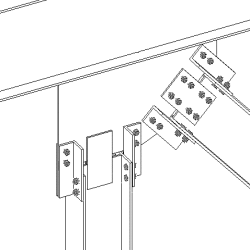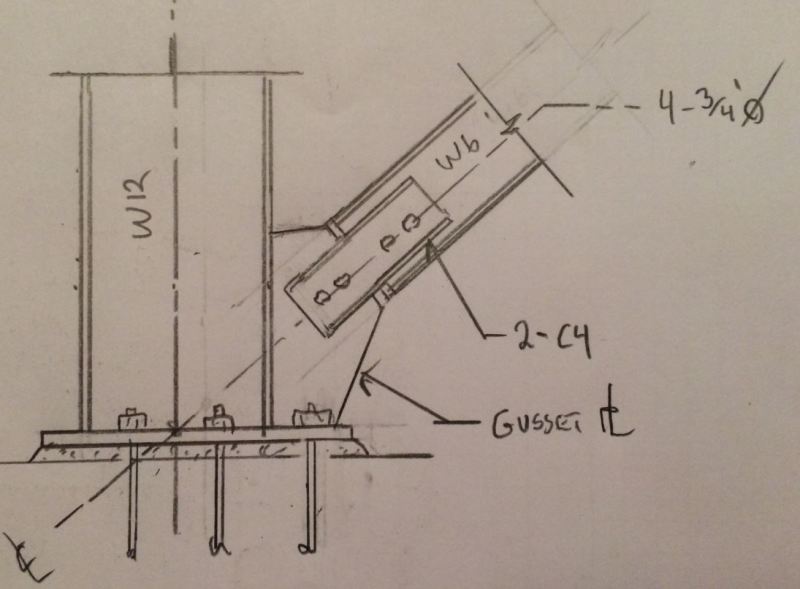Leftwow
Structural
- Feb 18, 2015
- 292
I'm having a hard time finding a good detail for a bracing connection at a base. Even AISC DG 29 is not giving me a good detail of this. Is anyone familiar with vertical bracing connections?
Background: We are designing connections for bracing, we do not usually do this. The brace is a W6X15 and the column is an indian section "ISHB 250". We are designing the brace in a chevron format. If anyone could help me with this it would be greatly appreciated.
Background: We are designing connections for bracing, we do not usually do this. The brace is a W6X15 and the column is an indian section "ISHB 250". We are designing the brace in a chevron format. If anyone could help me with this it would be greatly appreciated.






